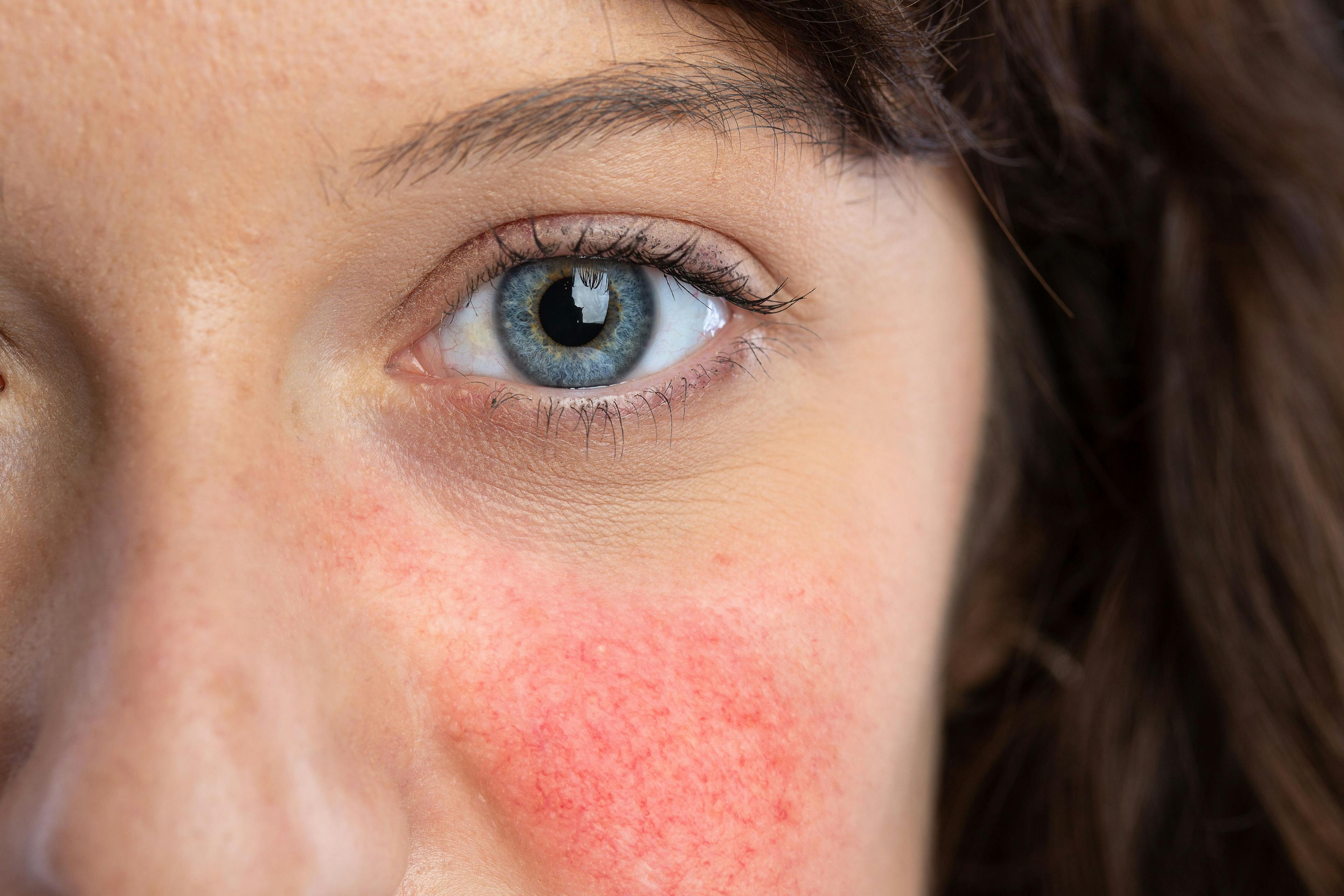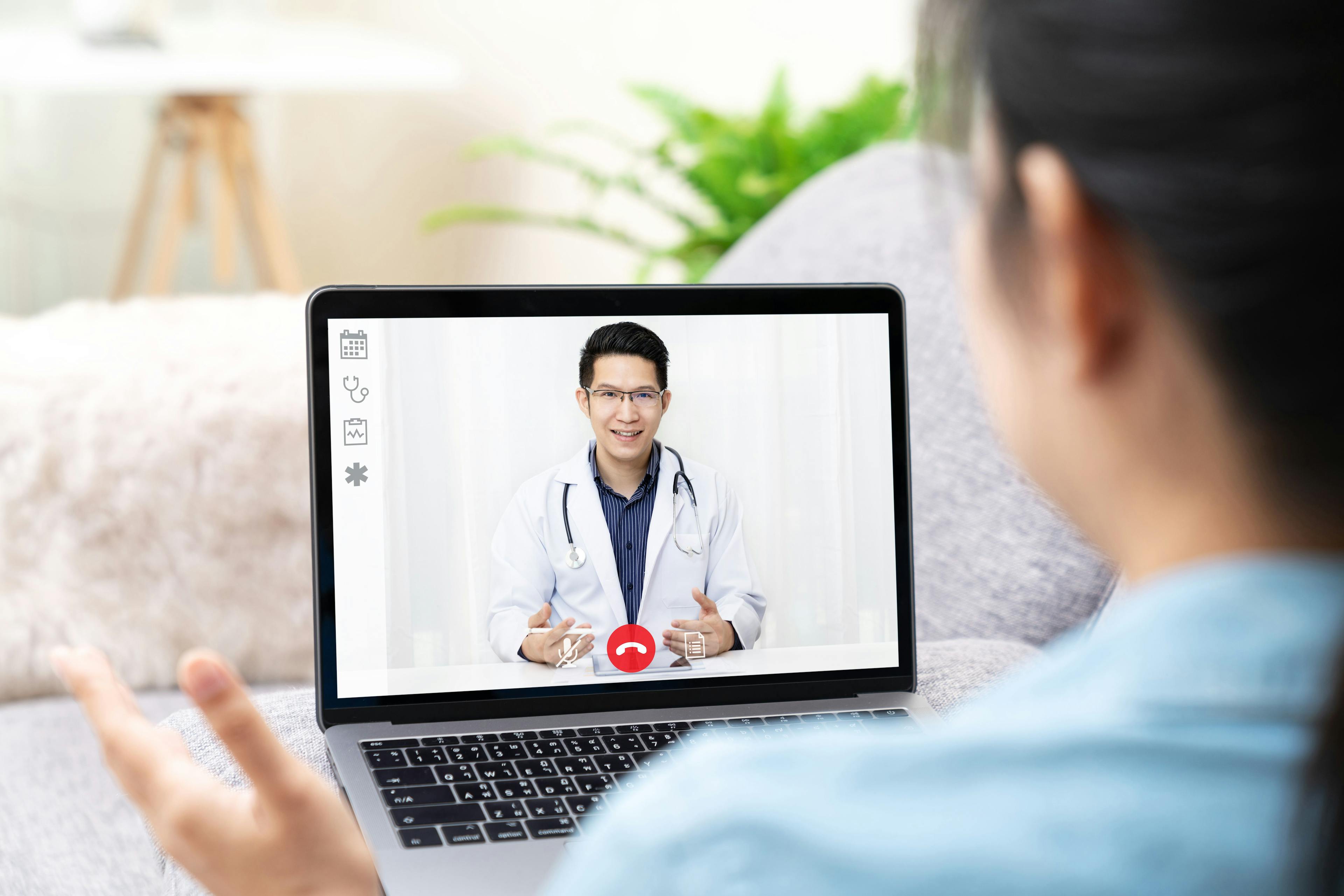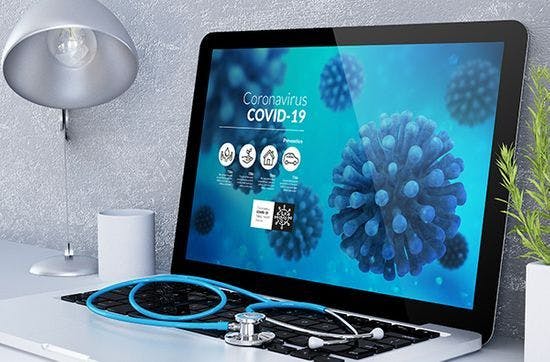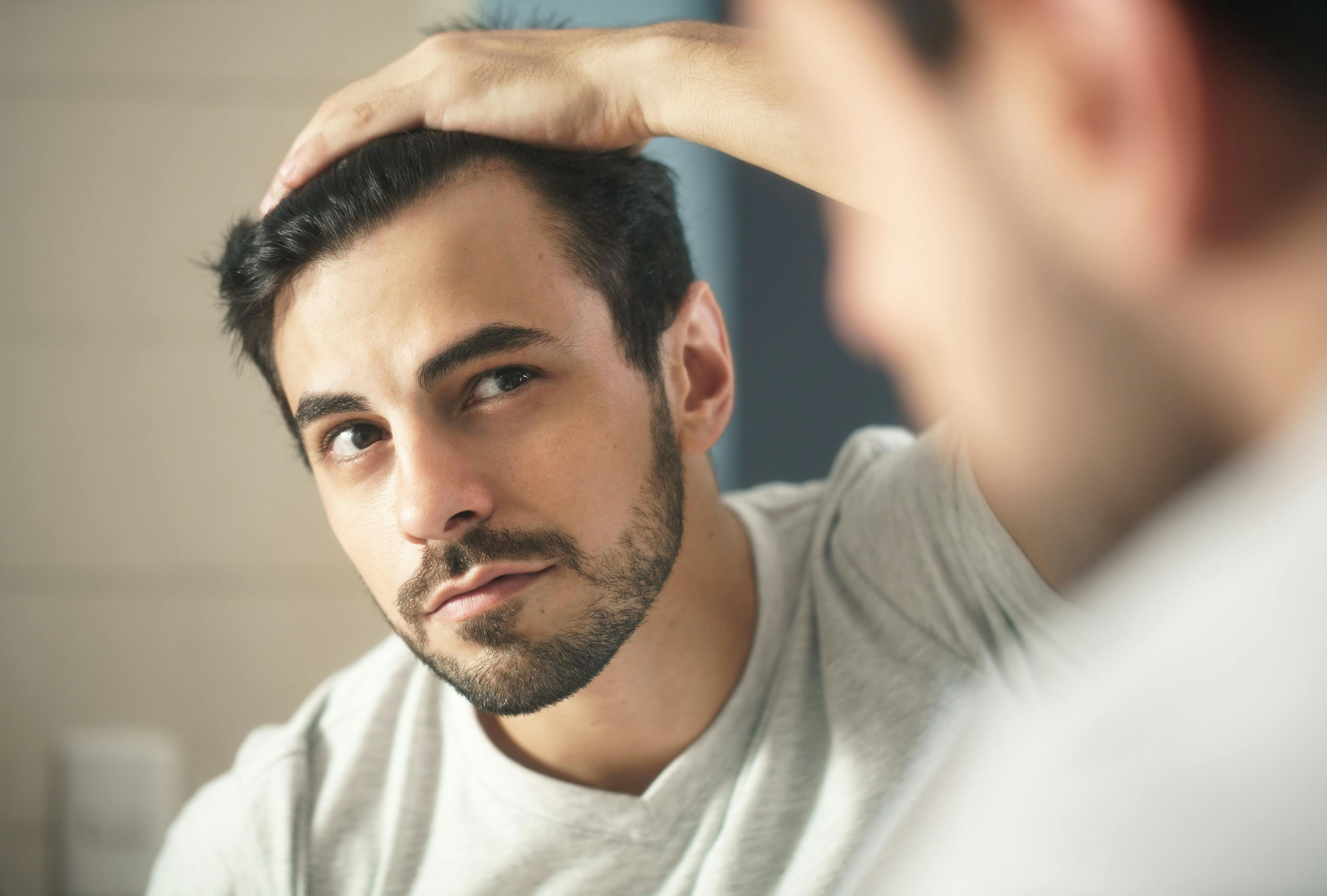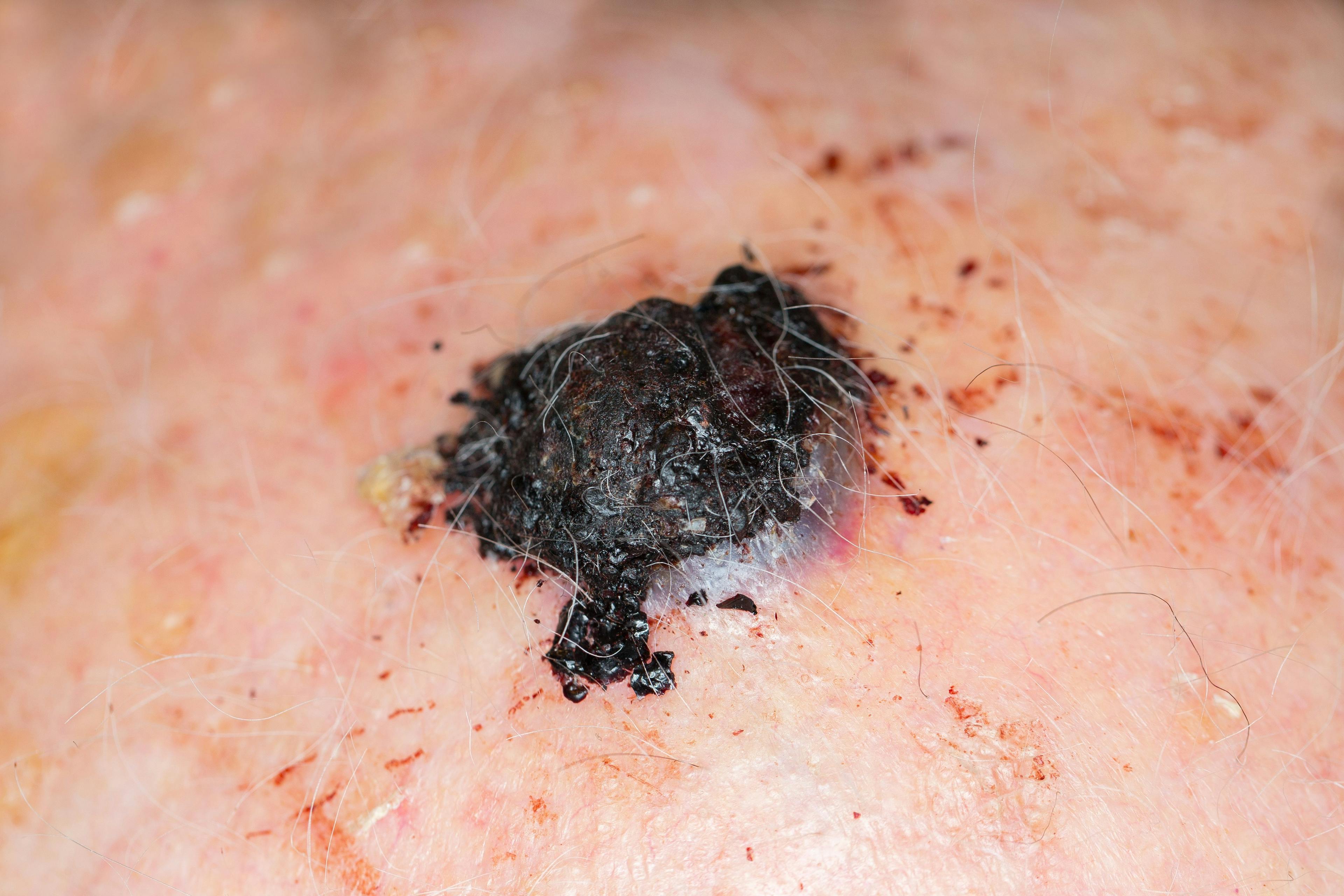- Acne
- Actinic Keratosis
- Aesthetics
- Alopecia
- Atopic Dermatitis
- Buy-and-Bill
- COVID-19
- Case-Based Roundtable
- Chronic Hand Eczema
- Chronic Spontaneous Urticaria
- Drug Watch
- Eczema
- General Dermatology
- Hidradenitis Suppurativa
- Melasma
- NP and PA
- Pediatric Dermatology
- Pigmentary Disorders
- Practice Management
- Precision Medicine and Biologics
- Prurigo Nodularis
- Psoriasis
- Psoriatic Arthritis
- Rare Disease
- Rosacea
- Skin Cancer
- Vitiligo
- Wound Care
Publication
Article
Dermatology Times
Immunity Induction Therapy with Antibodies, Wound-Healing Therapies Show Potential
Author(s):
Acne research delineating molecular and cellular pathogenic pathways gives insight into new therapeutic targets. According to a recent review, biologics and other therapies that modulate scar formation and wound healing will have value for treating severe acne.
Continuing research on the pathogenesis of acne has yielded a new understanding of underlying molecular and cellular pathways, suggesting new targets for therapeutic intervention, says Ichiro Kurokawa, MD, director, Department of Dermatology, Meiwa Hospital, and clinical educational professor, Hyogo College of Medicine, Nishinomiya, Hyogo, Japan, in collaboration with Keisuke Nakase, PhD, assistant professor, Department of Microbiology, Tokyo University of Pharmacy and Life Sciences, Tokyo, Japan.
The information on these advances is summarized in a recent article1 written by Kurokawa and Nakase. The authors review recent findings on the pathogenesis of acne, discuss novel treatments, and propose future therapeutic strategies. With the need for additional treatments for severe acne, Kurokawa tells Dermatology Times®that findings from immunological studies are of interest as they suggest the potential to use immunity induction therapy with antibodies.
“The future treatment for severe acne will involve biologic therapies targeting interleukin (IL)-1α, IL-1β, IL-6, tumor necrosis factor (TNF)-α, and transforming growth factor (TGF)-β,” he says. In particular, these pro-inflammatory cytokines are involved in the development of scar formation, which is the most refractory complication of severe acne. In addition, TNF-α promotes lipogenesis in human sebocytes,” says Kurokawa.

“Treatments that enable wound healing are also of interest as a therapeutic intervention to prevent permanent scarring in patients who suffer from severe acne,” he adds.
The discussion of recent findings on acne pathogenesis is divided into sections reviewing research pertaining to sebaceous gland biology, sebum, genetics, keratinization, hair cycles, immunology, bacteriology, and wound healing. Findings from these studies suggest numerous novel potential treatments.
Kurokawa explains that insulin growth factor (IGF)-1 is involved in acne pathogenesis through stimulation of lipid formation. In addition, research investigating genetic associations with acne development implicates the involvement of genes in the IGF family as well as in the melanocortin receptor and peroxisome proliferator-activated receptor (PPAR) families among others.
Kurokawa and Nakase note that while existing antimicrobial agents used for treating acne are believed to have benefits for both their effects on Cutibacterium acnes (C acnes) and anti-inflammatory activity, the search for alternatives continues due to concern over the emergence of bacterial resistance with antibiotic overuse. Vaccination strategies for eradicating C acnes and preventing its overgrowth show promise.
“C acnes induces production of pro-inflammatory cytokines. Complete suppression of acne inflammation would likely mean combining these vaccinations with monoclonal antibody agents able to block the pro-inflammatory cytokines,” Kurokawa says.
Although there has been limited study of hair cycles in acne and a lack of research into keratin expression in the hair cycle in acne lesions, available evidence shows a shift in the hair cycle from anagen to telogen or catagen phases, according to the authors.
Kurokawa and Nakase speculate that progenitor cells in the junctional zone might differentiate towards the infundibulum and sebaceous duct cells rather than towards the lower portion of the hair follicles.
“The sebaceous gland with hypercornification in the sebaceous duct is usually atrophic without the outer root sheath below the opening of orifice of sebaceous gland,” Kurokawa says.
ALTERNATIVE THERAPY
The authors also review novel acne therapies being used in Japan that show encouraging results for the treating both nodulocystic acne and perifolliculitis capitis abscedens et suffodiens, a related treatment-refractory disorder.
Kampo is a traditional Japanese herbal medicine using Saireito. While it is used in combination with topical benzoyl peroxide, oral antimicrobial agents, and local steroid injections, there is biological plausibility for benefit of Saireito, according to the article’s authors.

“Basic research studies are needed to determine the mechanisms by which Saireito modulates acne pathogenesis, but there is evidence that its activities include effects on endogenous corticosteroids, inflammation, reactive oxygen species, coagulation, macrophages, neutrophils, and endothelial cells,” Kurokawa says.
Other treatments used for severe acne in Japan include Jyumihaidokuto and Keigairengyoto. Jyumihaidokuto contains Bokusoku, an extract from Quercus cortex that has been shown to inhibit testosterone-induced sebum synthesis. Keigairengyoto has both an antibacterial effect on C acnes and inhibits reactive oxygen species.
Disclosure:
Kurokawa, MD and Nakase, PhD report no relevant disclosures.
Reference:
1. Kurokawa I, Nakase K. Recent advances in understanding and managing acne. F1000Res. 2020;9:F1000 Faculty Rev-792.

Newsletter
Like what you’re reading? Subscribe to Dermatology Times for weekly updates on therapies, innovations, and real-world practice tips.


